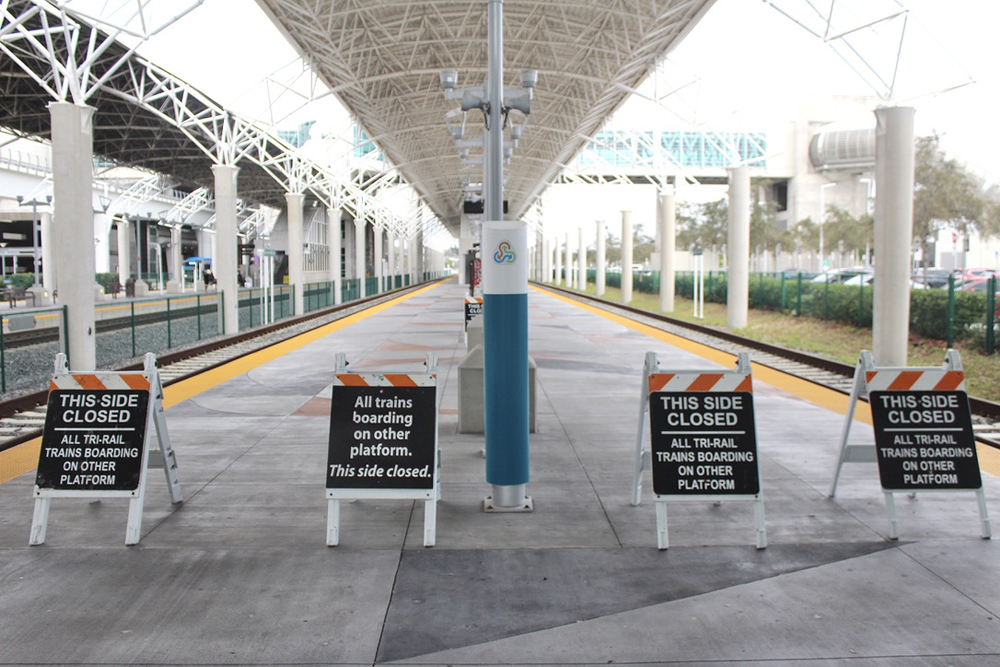
MIAMI — Amtrak’s decision not to move to a station adjacent to Miami International airport was based on estimates that relocating its existing station at Hialeah would generate an additional 20,000 riders and $2 million in yearly revenue but would cost $5 million annually to execute, according to information it released in response to a Freedom of Information Act request.
However, the 4-mile move to the Miami Intermodal Center, with its access to rental cars, dining, and access to public transportation would have saved a net one-time $15.5 million expense to retrofit the Hialeah facility with Americans with Disability Act improvements.
Public radio station WLRN made the document request. Details of a 1997 contract and 2013 amendment to that agreement between Amtrak and the Florida Department of Transportation were redacted, the station reports, because “Amtrak claimed much of that information was trade secrets.”
Trains News Wire asked Amtrak last month a series of explicit questions regarding its reasons for not moving to the Intermodal Center [see “Passenger convenience, Amtrak relevance …,” News Wire, Jan. 16, 2025]. The company responded only with a previously reported letter from Jim Blair, Amtrak’s assistant vice president of host railroads, explaining to the Florida Department of Transportation why it was backing out.
The accounting Amtrak was compelled to provide under the FOIA request shows that its estimate of $3 million in annual losses from making equipment moves from its yard near Hialeah are offset by the $21.8 million expense of retrofitting the 1970s-era station there. The document says an extra $6.4 million of improvements are necessary at Miami Intermodal. What isn’t explicitly revealed is that Amtrak’s ADA improvements are paid out of a separate funding category that does not impact train operations.
The bulk of the additional annual expense estimate, $2.6 million for train and engine crew labor and $1.4 million for onboard service labor, is based on the additional time to deadhead the Silver Meteor and Floridian-Silver Star equipment to and from Hialeah. That appears to assume that onboard service crews would not relocate to Miami Intermodal.
The ridership-increase and revenue-gains would clearly depend on how the new location is promoted to prospective travelers. Ready to fill Amtrak’s general promotional void is the Miami-based Citizens Independent Transportation Trust, which oversees a half-cent local option transportation surtax approved by Miami-Dade voters in 2002. The group, which has been vocal in improving public mobility options, has contacted elected officials and U.S. Transportation Secretary Sean Duffy in an attempt to get Amtrak to reverse its decision.
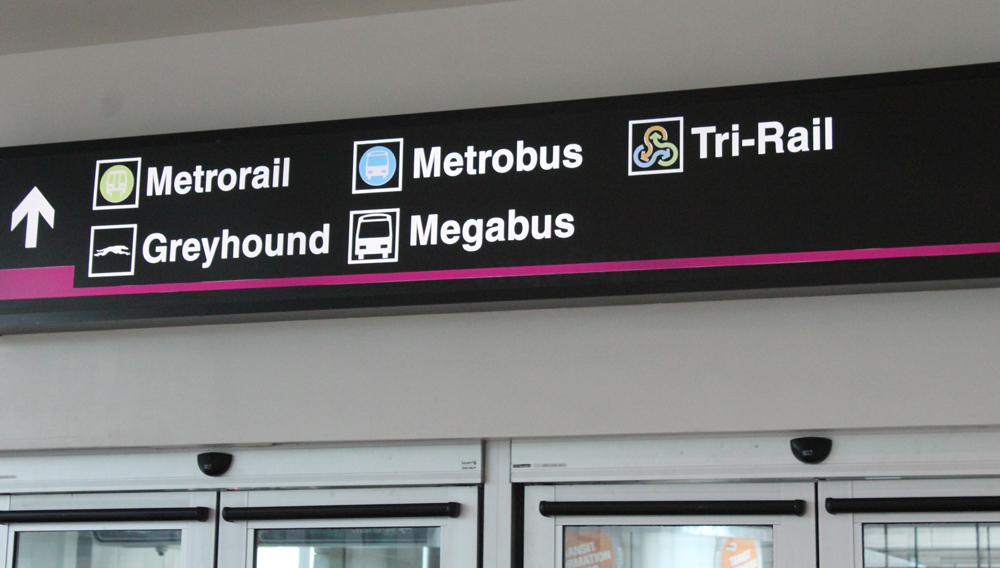






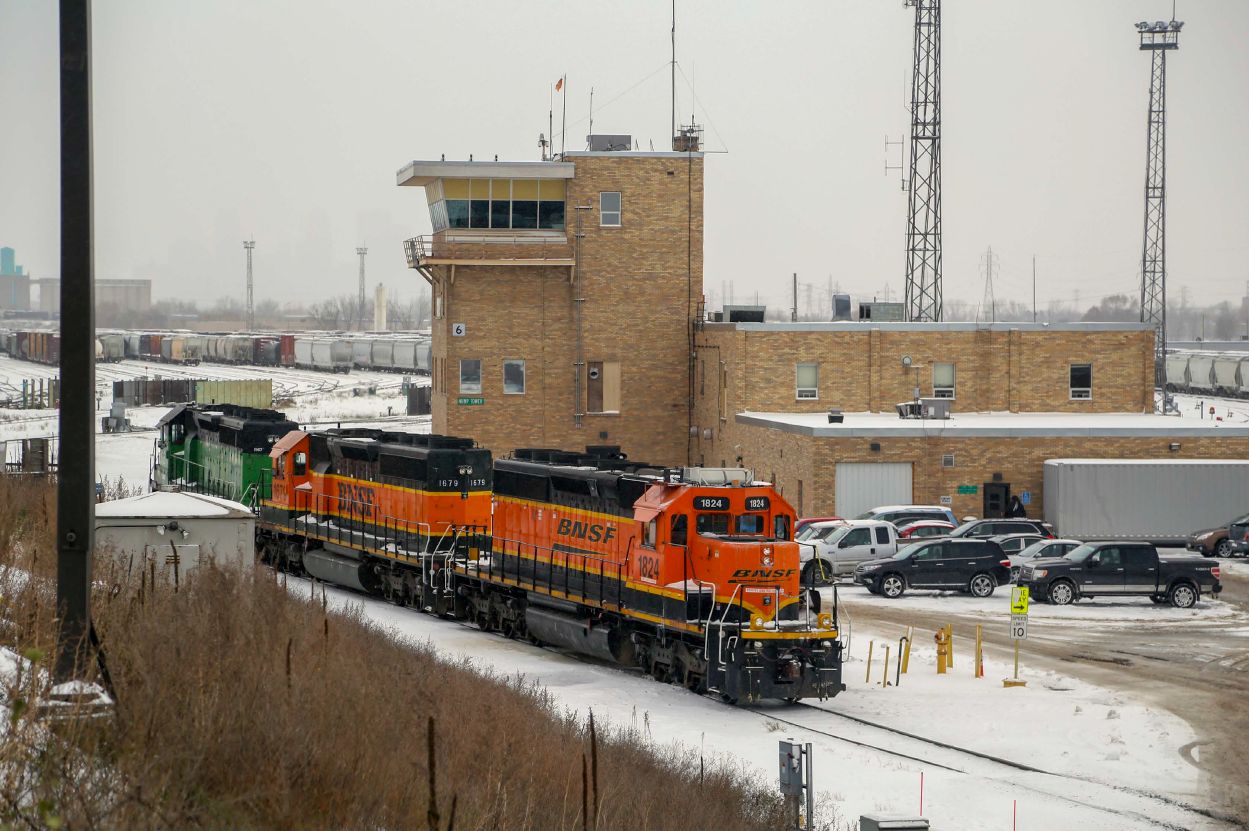
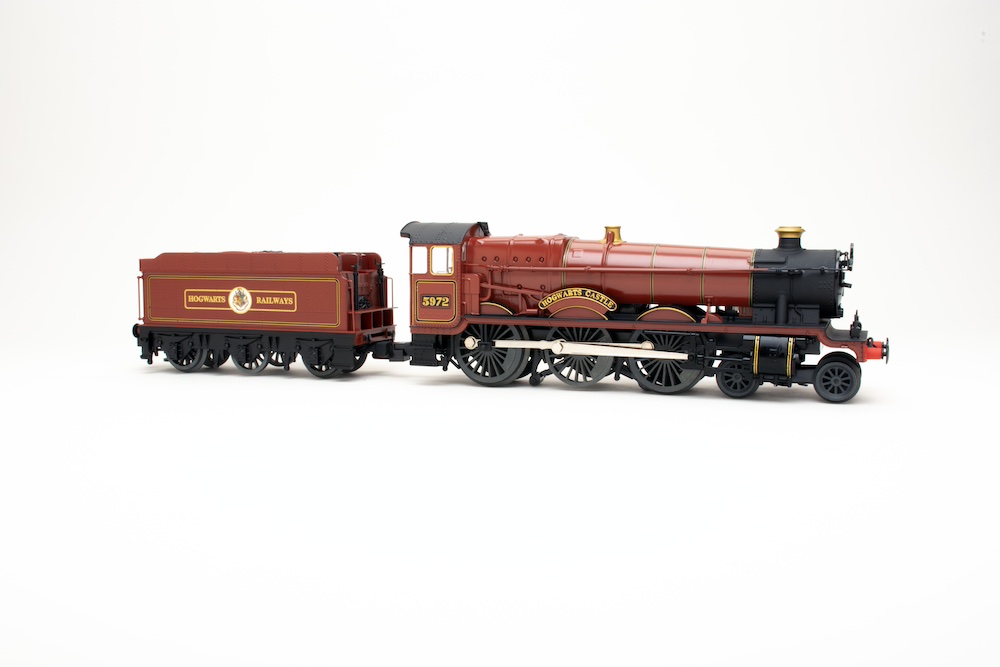

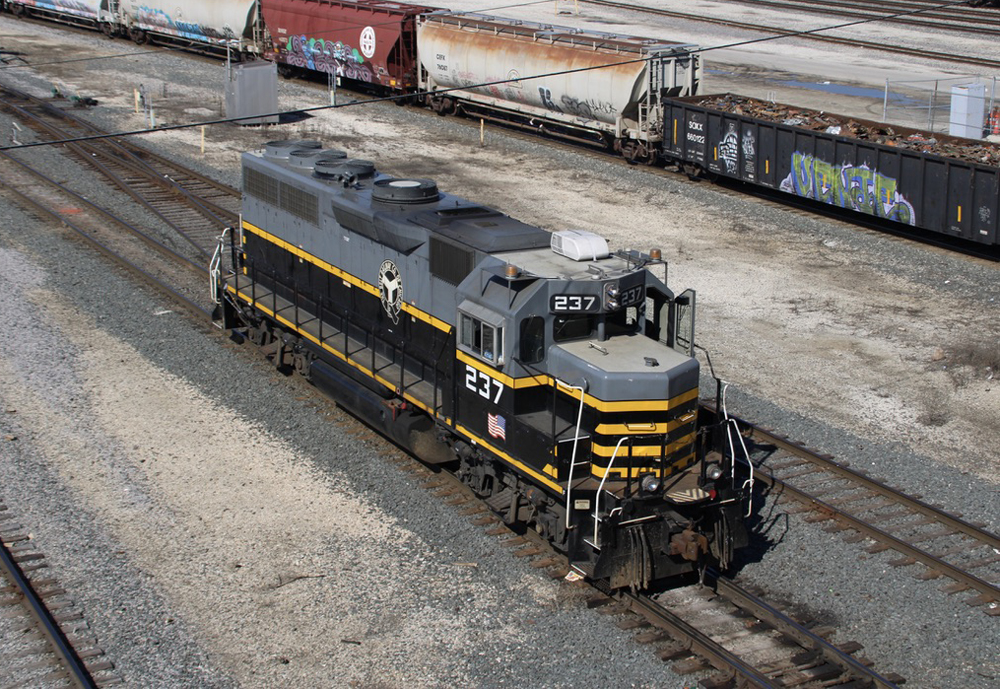

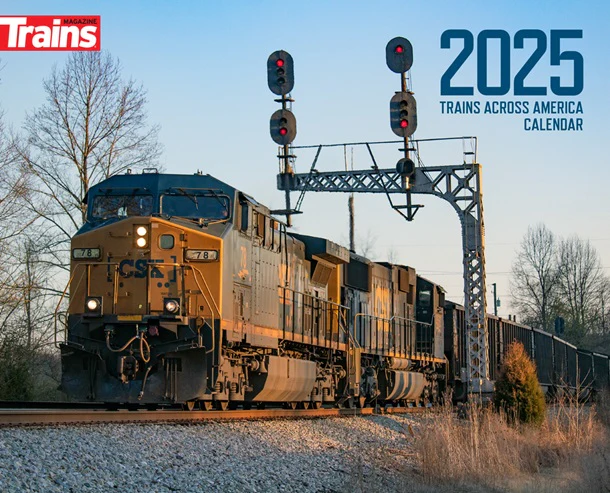


On the hostler / crew van question in 2). A crew van and insurance would be $9000 a year, make it (3) just for spares and T&E and OBS can ride separately, so $27,000 a year, maybe have another employee drive down who needs to be there for the T&E people, so $130,000 a year total.
Running an hostler out of the yard might be a $180 a movement (basically an hour for two people), (4) times a day = $263,000 a year. I can’t see moving all the maintenance to MIA but at the same time this would have to be the upper limit as the have to transfer equipment from the platforms to the shop area anyway.
Commissaries, good night you would have the much larger MIA airport ones right there, just sub-contract and load food supplies on the MIA platform using carts like the V-II were designed to take. This consolidation might actually save money overall. I suppose sheets and such would need to come from NY.
OBS start assignments, well there are a lot more developed transit connections to MIA, perhaps they would much prefer to start there instead of at the yards. Is it really a cost?
Maybe overall this needs to be a hill to take, as the examination of this decision could bring needed reform to Amtrak LD business planning.
Yes – MIA is a poor design, it probably should have been on a viaduct and then been a through running station to downtown. So three questions I wish someone would answer:
1. Who exactly authorized the removal of one leg of the wye and the placement of a cantilevered crossing signal gantry, that though it could be moved is just a wasted cost if done now?
2. Can we finally get some type of transparency from Amtrak on costing? NRPC is claiming $2.6 M in incremental T&E labor for the run that takes Tri-Rail 11 minutes, $7118 a day. Yes the wye in Q1) has something to do with these costs being higher, but even if they ran around the balloon loop then backed down to MIA it might add in 20 minutes to the existing road crew on a southbound arrival and northbound it would be straight out. Assuming they do have to transfer equipment to and from the yard, this would likely just be a flex from the hostler job in the yard correct?
3. So ADA improvements are needed? The underlying federal law has not changed in decades. Recently various regulations were created to go from 0″ ATR to 8″ ATR for joint use stations and 48″ for dedicated stations. Is NRPC arguing that they need to provide 48″ platforms now, which has been a regulation for quite a while, much longer that more recent retrofits of the street crossing question.
Maybe the best option is just to stop Amtrak in Orlando and have Brightline take it from their. Brightline would be hard pressed to due a crappier job then Amtrak does.
There are so many problems with this station its hard to pick one to begin with. Whomever thought this was an ideal solution for Amtrak was probably selling something (or getting a kickback)
The platforms are too short for a LD train, they would block 25th Street any time they loaded up a train.
there’s no team facilities in the immediate space for Amtrak to use – it would require building something in the limited space east of the station. So all servicing/cleaning/staffing would still need to be handled out of Hialeah.
Then there’s the FEC crossing between Hialeah and the Miami terminal, handling all kinds of intermodal traffic coming out of their Hialeah yard, that would add complexity in moves into and out of the station.
It might have made sense if they were going to expand local services within Florida, but Brightline beat them to it.
What a waste.
Look at the bonus system that Amtrak uses. Then look at this quote from the first paragraph. It is all about the yearly cost.
“relocating its existing station at Hialeah would generate an additional 20,000 riders and $2 million in yearly revenue but would cost $5 million annually to execute, “
Differing modalities interconnecting must be improved for our transportation net to be contemporary. Certainly there must be a way to automate this last 5 miles to remove the the labor costs. As has been quoted in Trains before: “A hog can cross the nation without changing trains, but you can’t.”
Onboard service crews can’t drive five miles to the airport?
Amtrak seems like a organization led and managed by saboteurs and train haters. The years of equipment problems and decisions like this are inexplicable.